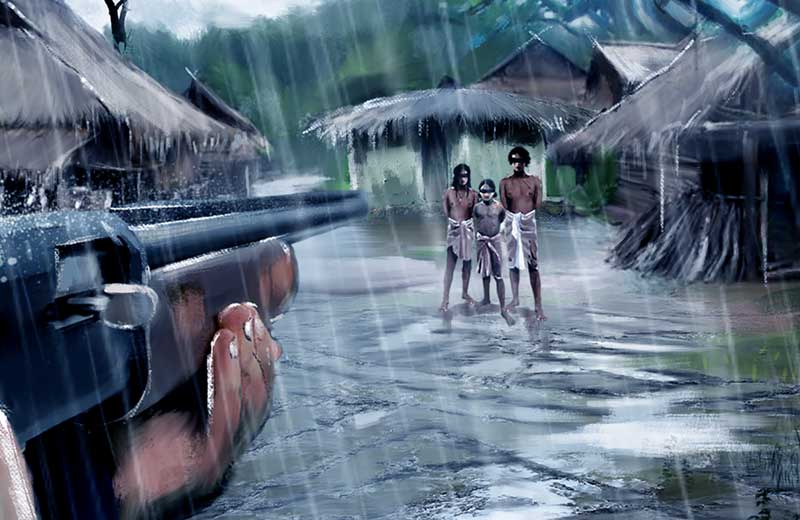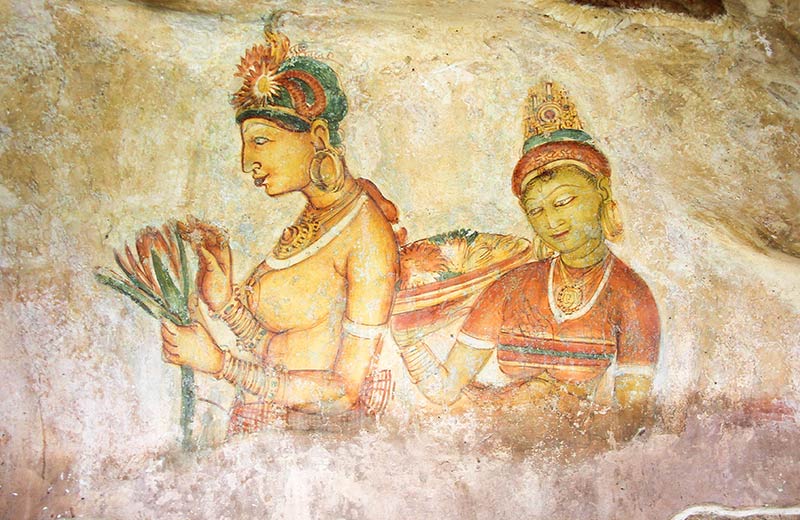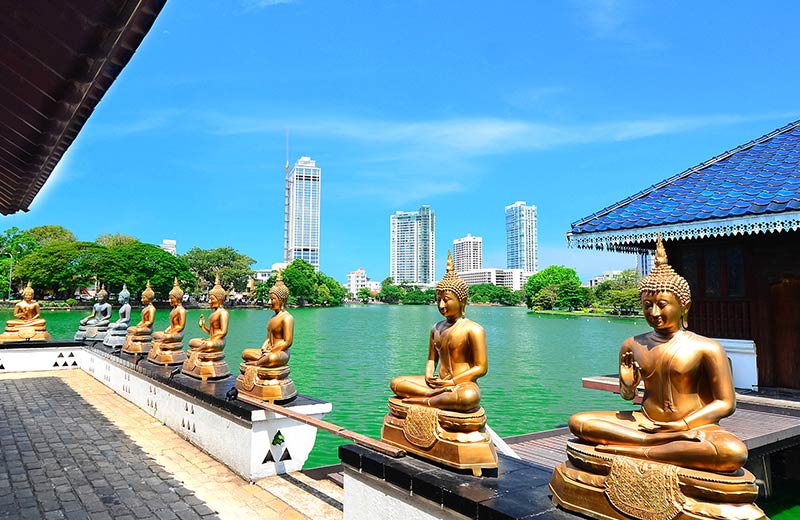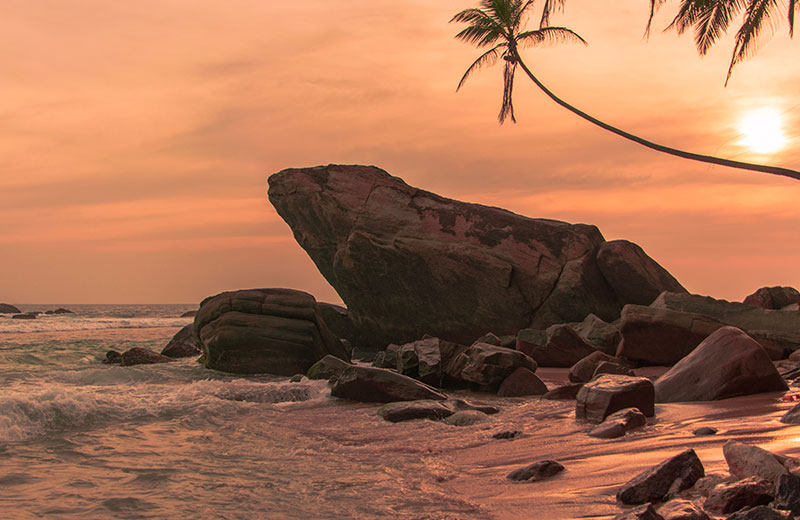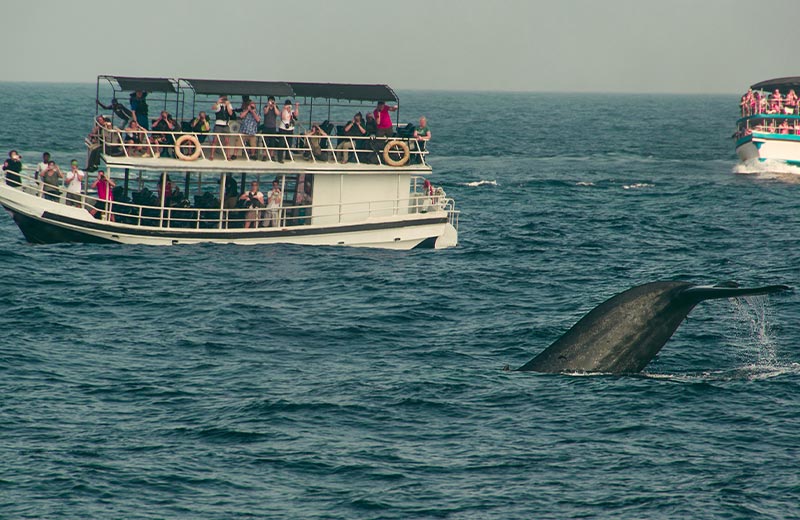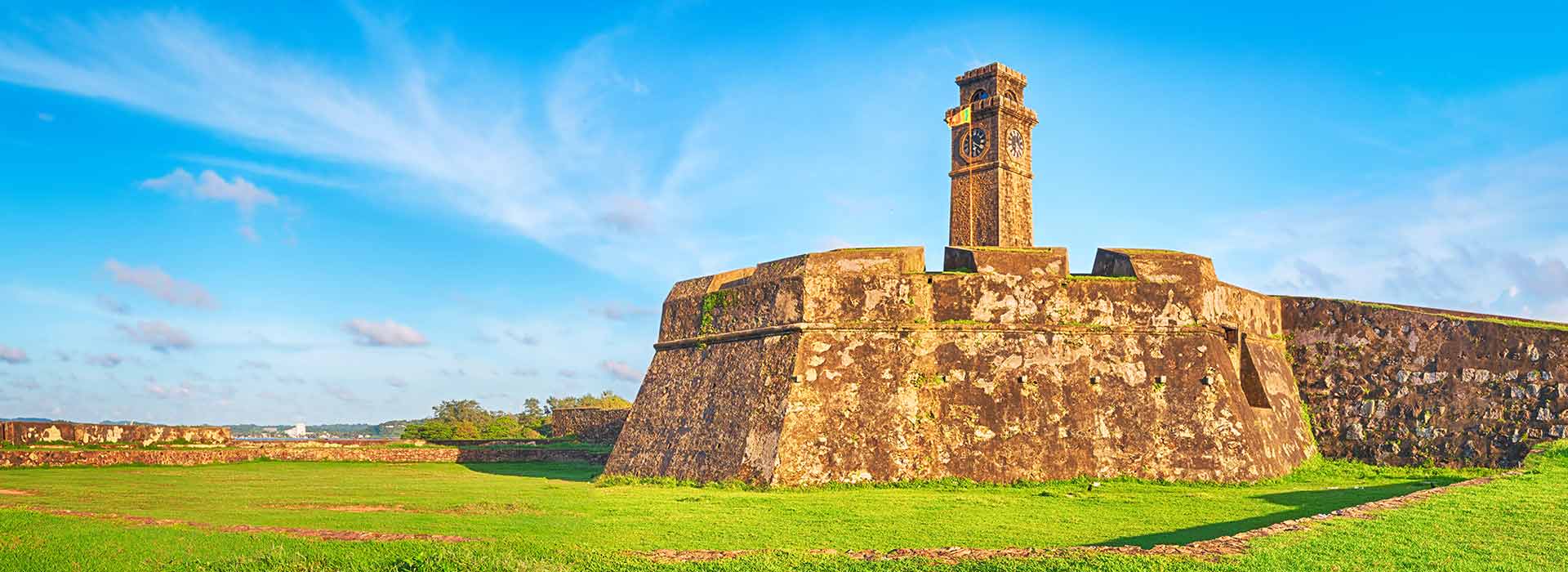Galle Fort
If you have not visited the Galle Fort, you have not truly experienced the city of Galle! The 17 th Century structural masterpiece of a bygone era is considered to be one of the finest preserved pieces of architecture of the Old-World in the whole of Asia. Within its fortifications lie some fascinating buildings that tell an intriguing tale of the colonial days. Today, the fort is an eclectic mix of history, culture, food and recreation all rolled into one.
Bastions
The Bastions are one of the more important features of the entire Galle Fort, as they were the first line of defence in the face of an invasion. Totalling up to 14 bastions protecting all corners of the fortress, each one had a specific purpose, to ensure discipline and order was maintained among the garrison.
One of the more fascinating is the Zwart Bastion that is the only remnant of the original structure built by the Portuguese in the 16 th Century. The Flag Rock Bastion, located at the edge of the ramparts, was where the Dutch East India Company hoisted their colours. Although no longer in use, the bastion now serves as an ideal location to witness the spectacular sunset.
Entrance Gates
Do take some time to observe the masterful craftsmanship of the two entrances of the fortress, before you step through its gates.
The main entrance was added by the British in 1873, in order to ease the flow of traffic in the fortress. Moreover, this gate is the more fortified of the two, as the Sun, Moon and Star Bastions overlook the entrance.
The Old Gate to the east of the main entrance, was built in 1669 by the Dutch and still possesses inscriptions from the period, as well as inscriptions added by the British. One of the more unorthodox features of the Old Gate is the coat of arms that sits atop. At the exterior of the entrance, you will find the Royal Coat of Arms of the United Kingdom, while the interior of the entrance sports the original Coat of Arms of the Dutch East India Company.
Museums
Although the entire fort is a museum in itself, certain buildings within provide better insight regarding the way of life during the colonial era. The National Maritime Archaeology Museum, the Galle National Museum and the Historical Mansion Museum house many artefacts that date back hundreds of years.
Places of worship
The many varied places of worship that have been established within the fort over the years are testament to the multi-cultural nature of its inhabitants. Head over to Church Street and witness the grandeur of the Dutch Reformed Church (Groote Kerk) and the Anglican All-Saint’s Church. The Meeran Mosque, located on Leyn Baan Street and the Sudharmalaya Buddhist Temple, located on Parawa Street were built during colonial rule to accommodate those of other faiths living within the fort.
Cobblestone Streets
The Dutch laid out the fort city in a grid, paving the streets with cobblestones, mimicking the hamlets of Europe. Wander around these streets and stumble upon charming boutique hotels, antique jewellery stores, clothing shops, cafés, ice cream parlours and much more.
Old Dutch Hospital Precinct
One of the oldest buildings within the Galle Fort, the old Dutch Hospital has now been developed into an exciting shopping and dining area. You can grab a couple of beers, sit in the courtyard and watch the sunset.
If you are lucky, there may even be a live band or DJ playing during the evening. The precinct has many cafes and restaurants that serve a wide variety of cuisines.
